Ever asked an AI a question and gotten a confident but completely wrong answer? You’ve just experienced the classic hallucination problem. But there’s a game-changing solution that’s revolutionizing how AI systems deliver information: Retrieval Augmented Generation, or RAG.
Table of Contents
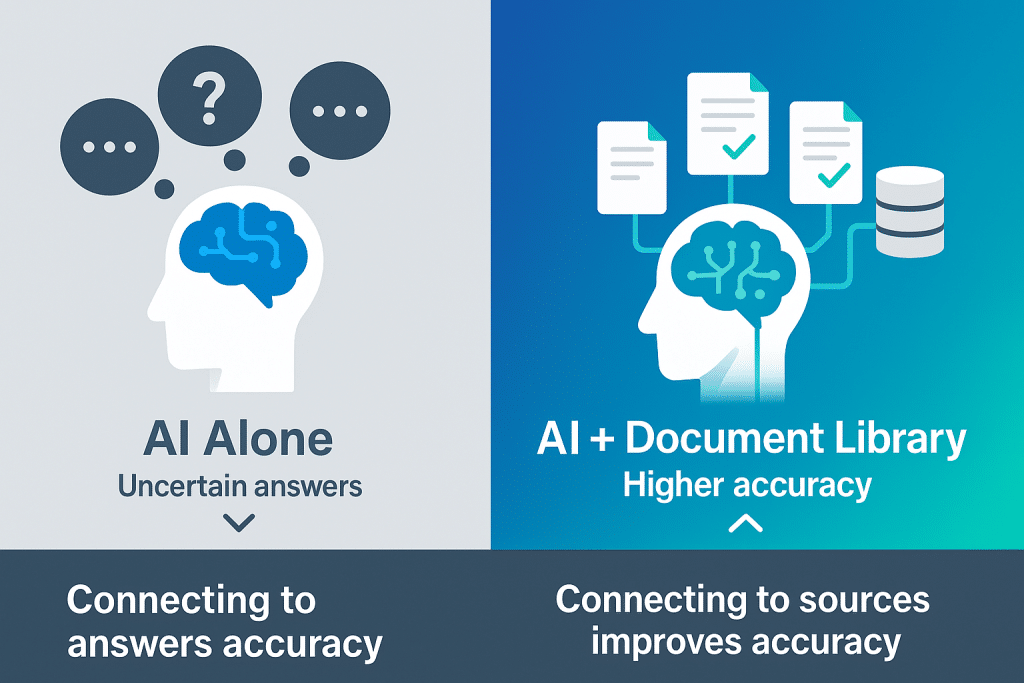
What is Retrieval Augmented Generation?
Retrieval Augmented Generation is a technique that enhances AI language models by connecting them to external knowledge sources. Instead of relying solely on the information baked into the model during training, RAG systems first search through your specific documents, databases, or knowledge bases to find relevant information, then use that retrieved context to generate accurate, grounded responses.
Think of it this way: a standard AI is like a student taking a test from memory alone, while a RAG-powered AI is like that same student but with permission to consult textbooks and notes. The difference in accuracy is dramatic.
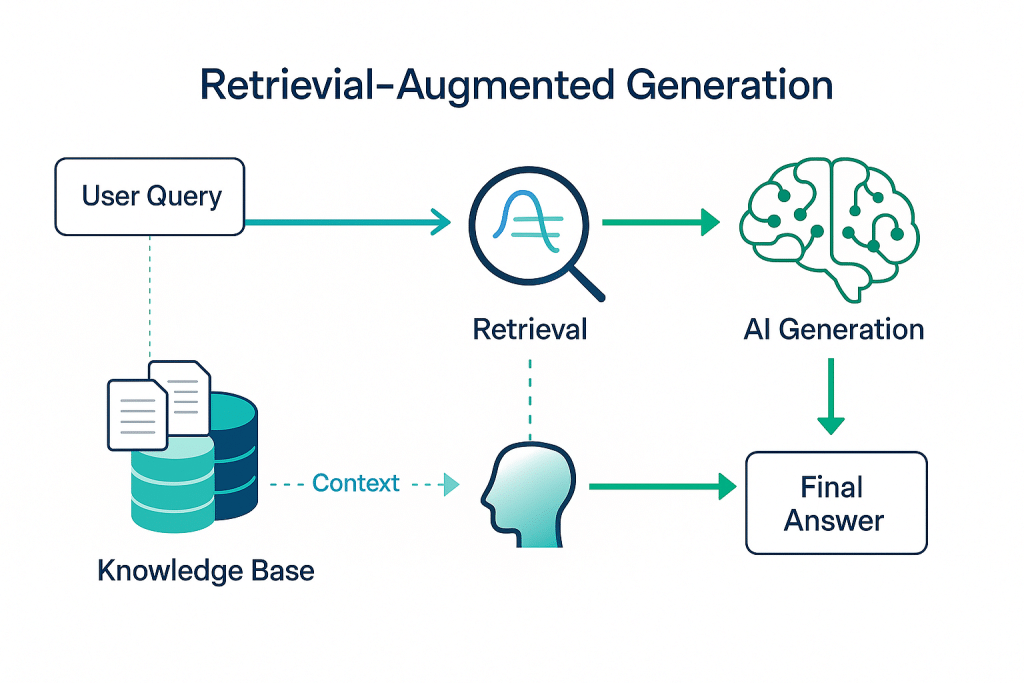
How to Apply RAG in AI Projects
Implementing RAG involves three core components working together:
The Knowledge Base serves as your AI’s reference library. This could be your company documentation, product manuals, research papers, or customer support tickets. The key is organizing this information in a searchable format, typically by converting documents into vector embeddings that capture their semantic meaning.
The Retrieval System acts as your AI’s research assistant. When a user asks a question, this system quickly searches through your knowledge base to find the most relevant pieces of information. Modern retrieval systems use semantic search, meaning they understand the intent behind queries rather than just matching keywords.
The Generation Component is where the magic happens. Your AI model takes both the user’s original question and the retrieved relevant information, then crafts a response that’s grounded in your actual data. This dramatically reduces hallucinations and keeps answers accurate and verifiable.
The workflow is surprisingly straightforward: user asks question → system retrieves relevant docs → AI generates answer using those docs as reference → user gets accurate, sourced response.
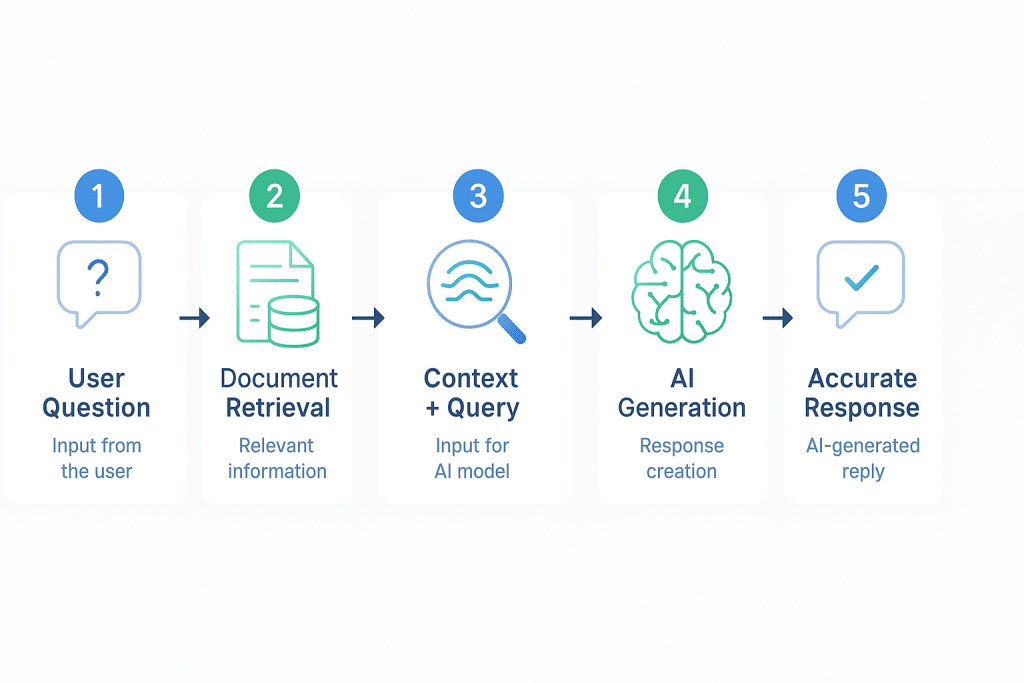
Practical Example: Building a Technical Documentation Assistant
Let’s say you’re building an AI assistant for a software company’s technical documentation. Here’s how RAG transforms the experience:
Without RAG, a user asks “How do I implement OAuth authentication in your API?” The AI might generate a generic OAuth explanation that doesn’t match your actual implementation, leading to frustrated developers and support tickets.
With RAG, the same question triggers a search through your actual API documentation. The system retrieves your specific OAuth setup guide, including your endpoints, required parameters, and code examples. The AI then generates a response using this retrieved information: “Based on our documentation, here’s how to implement OAuth with our API…” followed by your actual process, including the correct endpoint URLs and authentication flow specific to your system.
The difference? Developers get working code on the first try instead of debugging why generic solutions don’t work with your specific implementation.
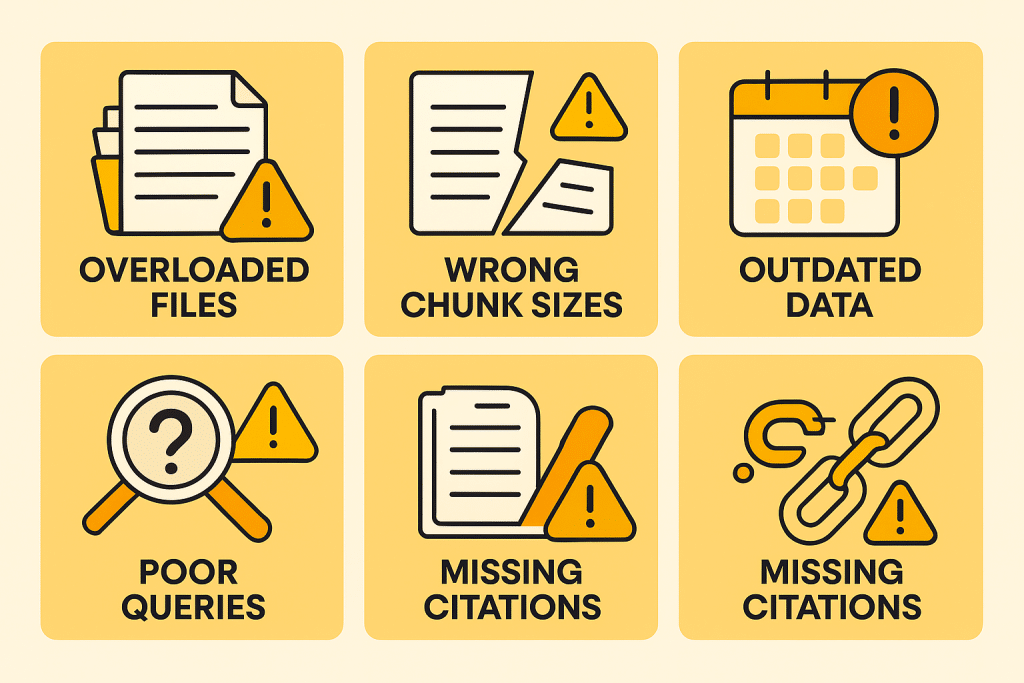
Common Mistakes to Avoid
Overloading the Context Window is perhaps the most frequent error. Just because you can stuff dozens of retrieved documents into your AI’s context doesn’t mean you should. More information often leads to confused, unfocused responses. Retrieve selectively and prioritize quality over quantity.
Ignoring Chunk Size Strategy can make or break your RAG system. Split your documents too small, and you lose important context. Make chunks too large, and your retrieval becomes imprecise. The sweet spot typically ranges from 300 to 1000 tokens per chunk, depending on your content type and use case.
Neglecting Data Freshness turns your RAG system into a time machine stuck in the past. If your knowledge base isn’t regularly updated, you’re essentially building an expensive way to serve outdated information. Implement automatic update mechanisms to keep your knowledge current.
Poor Query Reformulation happens when you feed user questions directly to the retrieval system without processing them. User queries are often vague, abbreviated, or conversational. Transform these into clear, specific search queries before retrieval to dramatically improve result quality.
Skipping Source Attribution destroys user trust. Always show users where information comes from. Whether it’s citing document names, page numbers, or providing links to source material, transparency builds confidence in your AI’s responses.
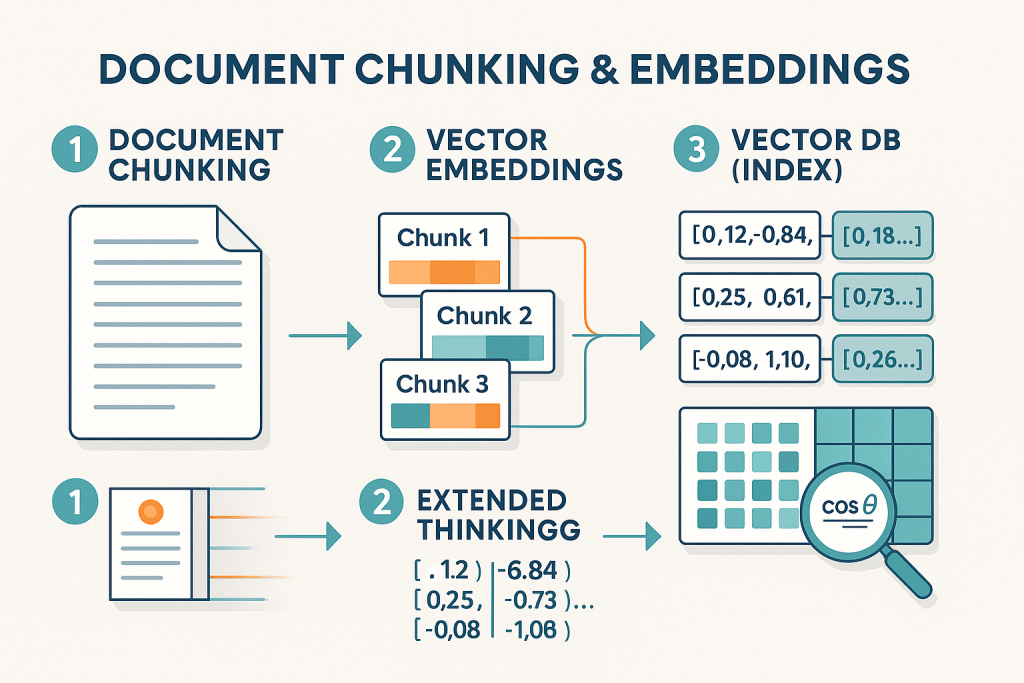
THE LESSON OF Retrieval Augmented Generation (RAG)
The real power of RAG isn’t just about preventing hallucinations or improving accuracy—though it absolutely does both. The transformative insight is this: RAG makes AI practical for real-world applications where being right matters more than being clever.
Generic AI models are impressive party tricks, but they can’t safely handle your customer support, financial advice, medical information, or legal queries because they’re working from memory that might be wrong, outdated, or completely fabricated. RAG grounds AI in verifiable reality.
This is why RAG is rapidly becoming the default architecture for production AI systems. It’s the bridge between AI’s powerful generation capabilities and the truthfulness that real applications demand. You’re not just building smarter AI—you’re building trustworthy AI that people can actually rely on.
Ready to Build More Reliable AI?
Retrieval Augmented Generation represents a fundamental shift in how we think about AI applications. It’s the difference between impressive demos and production-ready systems that your users can actually trust.
Whether you’re building customer support bots, documentation assistants, research tools, or any AI application where accuracy matters, RAG should be in your technical stack. The architecture is proven, the tools are mature, and the results speak for themselves.
Frequently Asked Questions About Retrieval Augmented Generation
What is Retrieval Augmented Generation in simple terms?
Retrieval Augmented Generation is a technique that makes AI smarter by giving it access to external information sources. Instead of relying only on what the AI learned during training, RAG lets the AI search through your documents, databases, or knowledge bases before answering questions. This means the AI can provide accurate, up-to-date information based on your specific data rather than making educated guesses.
How is Retrieval Augmented Generation different from regular AI chatbots?
Regular AI chatbots work from memory alone—they use only the information they were trained on, which can be outdated or incomplete. RAG-powered chatbots actively search through your current documents and data sources before responding. Think of it like the difference between answering a test from memory versus being allowed to consult reference materials. RAG chatbots can cite sources, stay current with your latest information, and dramatically reduce incorrect or “hallucinated” answers.
What are the main benefits ?
RAG offers several key advantages: it reduces AI hallucinations by up to 90%, keeps your AI’s knowledge current without retraining, allows the AI to cite specific sources for transparency, works with your private or proprietary data, and significantly lowers costs compared to constantly fine-tuning models. Most importantly, RAG makes AI trustworthy enough for production environments where accuracy is critical, like customer support, medical applications, or financial services.
Is it difficult to implement?
RAG implementation ranges from straightforward to complex depending on your needs. Basic RAG systems can be set up in a few hours using existing frameworks like LangChain or LlamaIndex. You’ll need to prepare your knowledge base, choose an embedding model, set up a vector database, and connect everything to your AI model. The challenging parts are usually optimizing retrieval quality and managing your document chunking strategy rather than the basic technical implementation.
What kind of data can I use with Retrieval Augmented Generation?
RAG works with virtually any text-based data: PDF documents, Word files, websites, databases, customer support tickets, product documentation, research papers, internal wikis, email archives, and more. You can even use structured data from spreadsheets or APIs. The key is converting this data into a searchable format (usually vector embeddings) that your retrieval system can efficiently query. Most RAG frameworks support multiple data formats out of the box.
Do I need a vector database for Retrieval Augmented Generation?
While vector databases like Pinecone, Weaviate, or Qdrant are the most common choice for RAG, they’re not strictly required for small-scale applications. You can start with simpler solutions like in-memory vector stores or even traditional keyword search. However, vector databases become essential as you scale because they efficiently handle semantic search across millions of documents. They also offer features like filtering, hybrid search, and fast similarity matching that significantly improve RAG performance.
How much does it cost to run a RAG system?
RAG costs vary widely based on scale. Small projects might cost $20-100/month covering vector database hosting, embedding API calls, and LLM queries. Medium-sized business applications typically run $500-2000/month. Large enterprise systems can cost more, but RAG is still significantly cheaper than constantly fine-tuning models. The main cost factors are: volume of documents, frequency of queries, choice of LLM provider, and vector database pricing. Many open-source options can reduce costs substantially.
Can Retrieval Augmented Generation work with real-time or frequently updated data?
Absolutely! This is one of RAG’s biggest strengths. Unlike traditional AI models that require expensive and time-consuming retraining to update their knowledge, RAG systems can reflect changes almost immediately. When you update a document in your knowledge base, the next query can already retrieve that new information. For real-time applications, you can implement automatic synchronization pipelines that continuously update your vector database as source documents change, keeping your AI’s knowledge perpetually current.Want to dive deeper into AI implementation strategies? Explore more practical guides and insights at aihika.com, where we break down complex AI concepts into actionable knowledge you can use today.
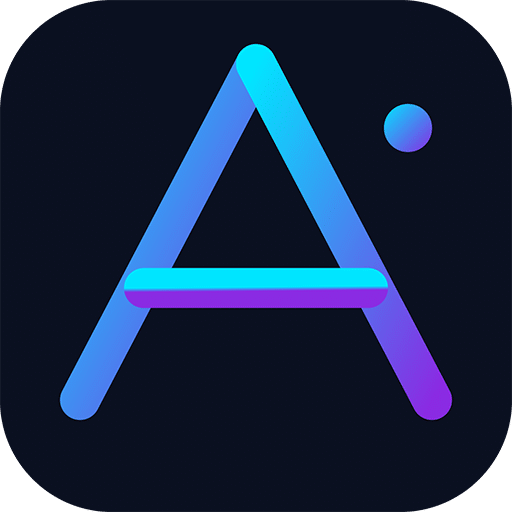
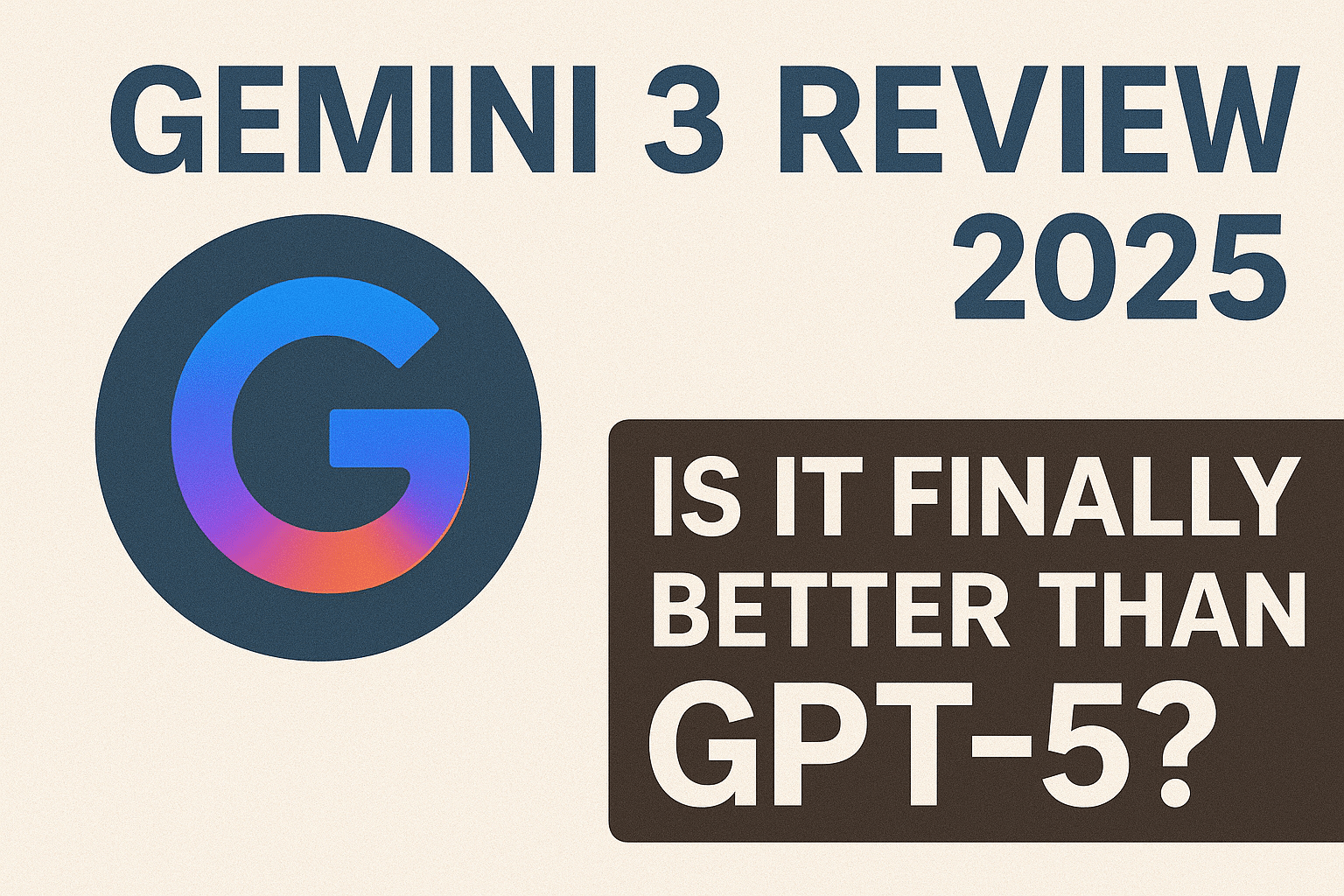
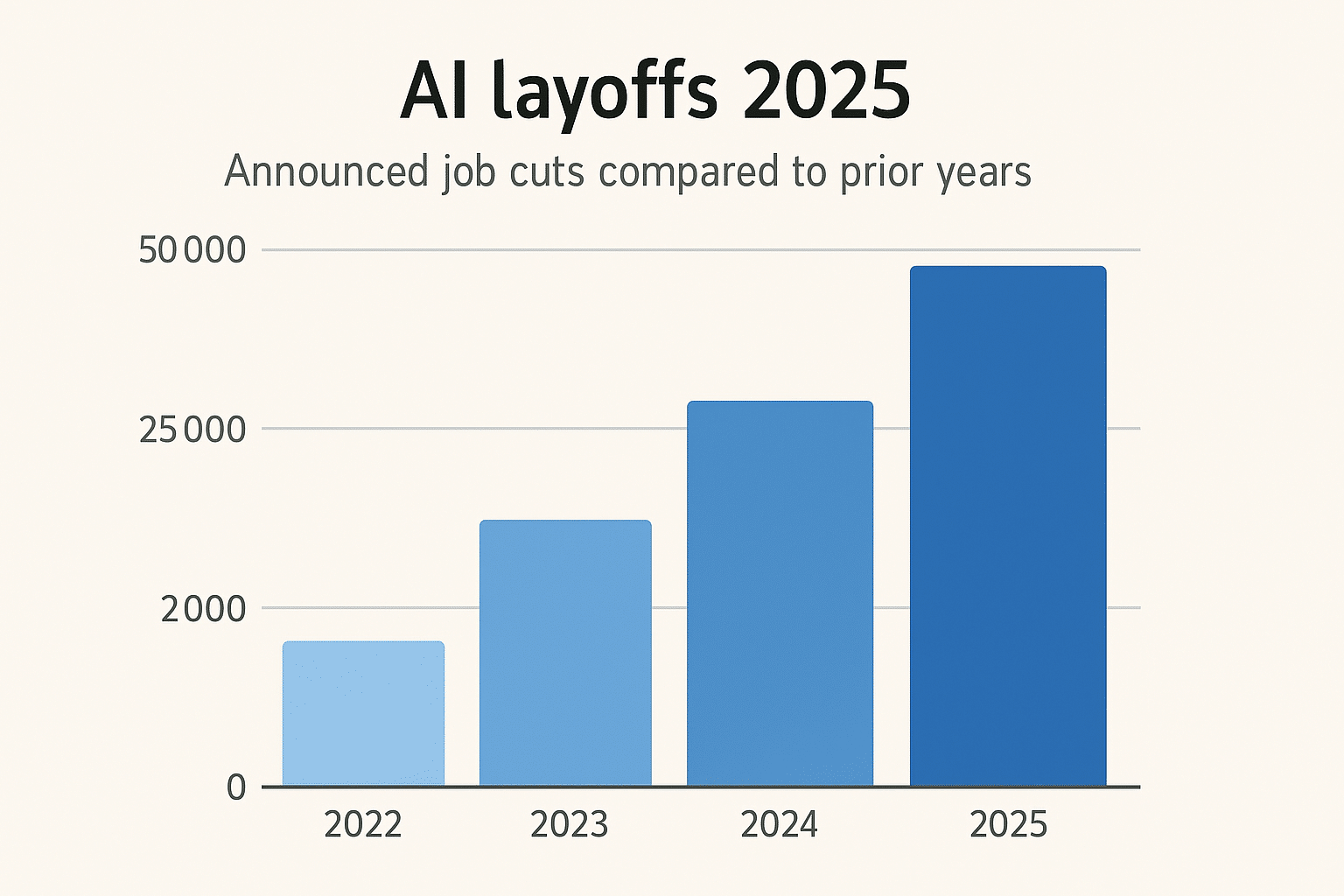
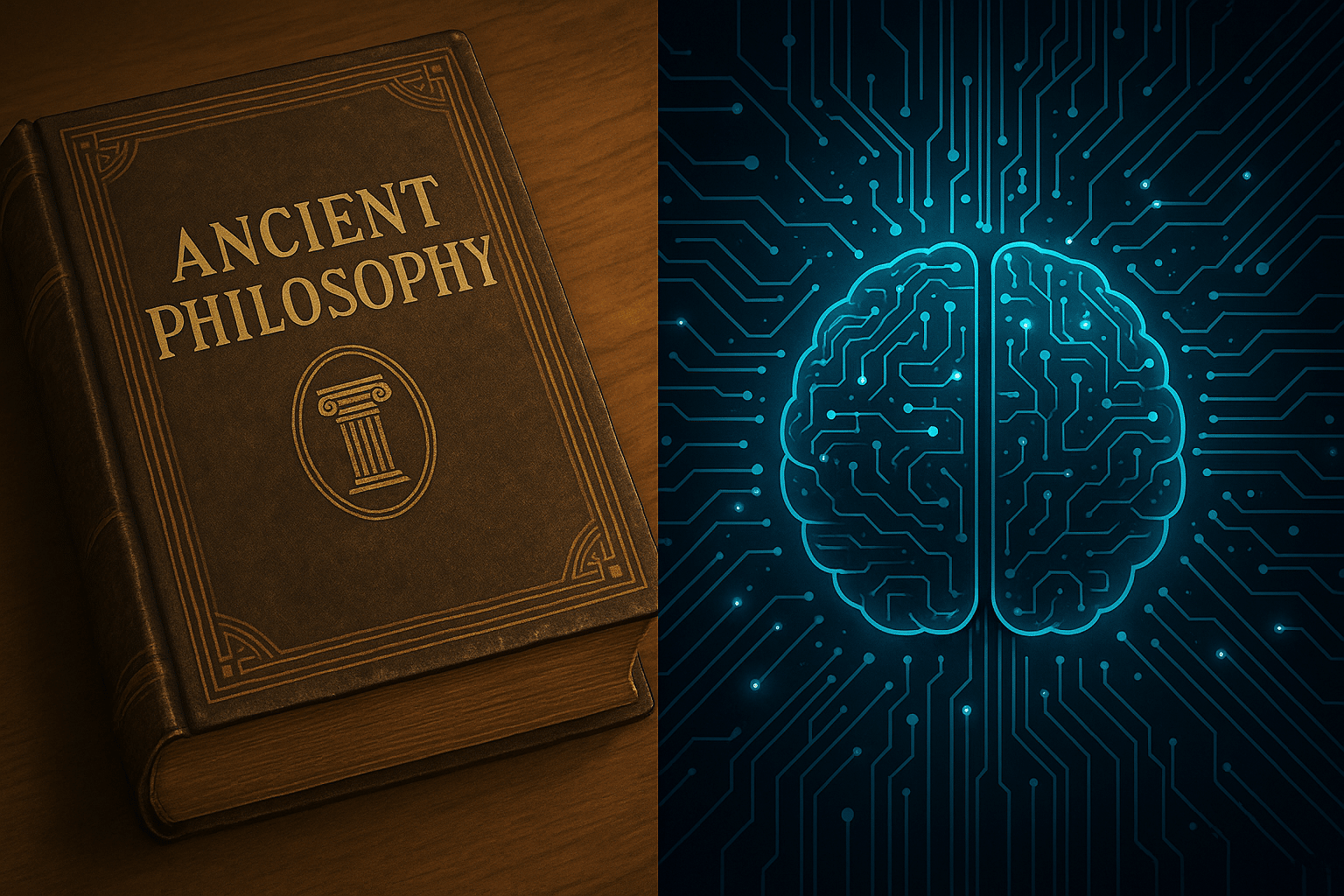





Leave a Reply